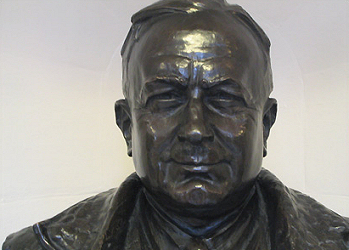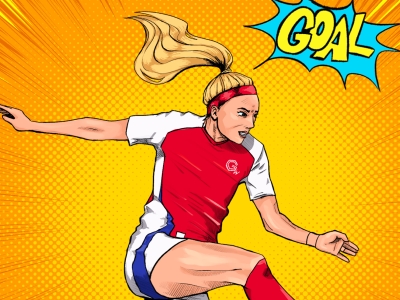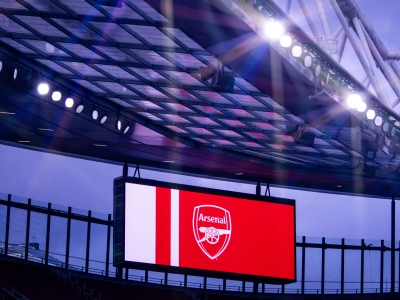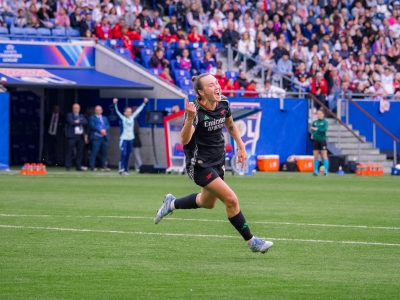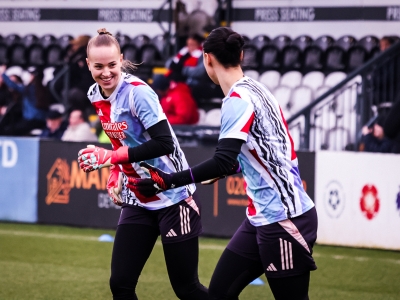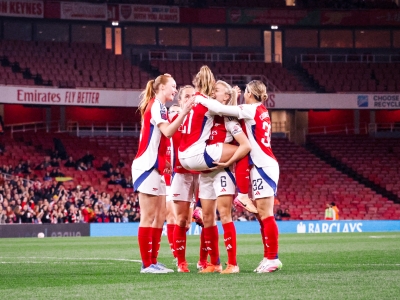At an informative meeting between AISA (Arsenal Independent Supporters Association) and AST (Arsenal Supporters Trust) regarding the potential take-over of Arsenal I noticed some eyes glaze over when the talk turned to leveraged buy-outs, hedge funds and the like. It seemed that in order to understand Arsenal’s finances and the way the ownership of our Club works a more simplistic approach to explain the financial background to any take-over may be required. Hopefully this mini-series of articles will go some way to achieving that objective.
Part 1 – Arsenal’s Recent Financial History – a simplistic version
Once upon a time Arsenal were known as the Bank of England Club because they had a visionary manager, Herbert Chapman, who was such a force within the game that he was able to convince the Board to spend loads of their money. As a result of their spending and his genius we had great teams, great crowds and we built a great stadium well ahead of its time. Not all the signings paid off, just as they don’t these days, but everything about Arsenal in the 1930’s was on the cutting edge of football: the stadium, training, management, tactics, coaching such as it was and above all innovation. The Bank of England tag matched our image which seriously p*ssed off everyone else in football, especially so given that pretty well all the other major Clubs came from up north. We had debts incurred by building the Highbury East and West Stands but they were manageable debts because massive crowds of cloth caps flocked to Highbury to see a great team.
Then along came Adolf with World War Two and screwed us up, because with no football for years on end there was no income. After the war all we had left was a bombed out stadium, an ageing team and even bigger debts that messed our finances up for decades. Financially we did ok for a short while thanks to the massive crowds attending football just after the war, but with the burden of debt and a distinct lack of drive we drifted into mediocrity.
Managers were often yes men who were given insufficient transfer funds; we missed out on many fine players while some great players were allowed to be sold. For years there was no-one driving the Club forward. The directors bumbled along after the post-war boom but didn’t have the drive to build a great side, or probably the finances. Because they didn’t interfere we were reasonably stable, the board didn’t stick their oar in but we were never going anywhere because the board never took chances and just let too many things drift. The stadium was upgraded in dribs and drabs, but mainly to meet safety regulations rather than anything innovative like major new stands.
We went from 1953 to 1970 without a trophy, some would argue that this was due to a lack of investment in team building. Interesting to note that our mid-sixties board contained two Hill-Woods, a Bracewell-Smith, an ex-Lord Mayor of London and a Reverend gentleman by the name of Rev. T N Bone who became the only director I’ve ever known to be beaten up by fans in the mistaken belief that he was a tout, but that’s another story.
A League Cup Final appearance back then was a big deal for Arsenal’s deprived fans. The board had little ambition and didn’t pick managers for their drive either. Things hit a low when Billy Wright screwed things up rather than ticked things over. To the extent that we had a League crowd against Leeds of just 4,554 in 1966. Wright was sacked having laid the foundations of a fine youth set-up, which was later to bear fruit for his successor. The manager who replaced Wright was Club physio and surprise choice Bertie Mee. Mee was an insider who knew the Club well and knew how to delegate. More by luck than judgement he and Don Howe combined along with a young side to produce the now classic 1971 Double team. I say more by luck because there was little evidence that the board had anything much to do with the on field success which saw established first teamers joined by some excellent youngsters at minimal expense.
That Double winning side inspired a new generation of Arsenal fans who are still with the Club and they included David Dein. But the 1971 team was broken up too quickly and the men involved like Frank McLintock and Don Howe - who was one of the best coaches ever - were allowed to go.
It wasn’t until the early 1980’s and 90’s that David Dein, amongst others, saw the possibilities for football evolving into a serious money making business that Arsenal upped the tempo. Our Chairman flogged a number of his shares to Double-D in 1983 for a pittance because he believed that there was no money to be made from football. The Board at the time were still essentially the same old school tie brigade and were happy to let DD, now Vice-Chairman, get on with it. And so it was he helped set the gravy train in motion and climbed onboard by purchasing Arsenal shares when they were not worth a light prior to the days of multi-national Club teams, mega European competitions, sky-high player salaries, TV franchise bonanzas, serious marketing, brand awareness and international shirt sales. Buying into Arsenal for Dein was a wild gamble, tremendous foresight, an act of blind faith or simply for the love of the Club. Or, as I suspect, more probably a combination of all four.
One major reason football became a growth industry was that the baby boomers, as teenagers, had time on their hands and more disposable income than the previous generation. As a result the leisure industries thrived, particularly music and sports so football with its large crowds was well placed to reap both the financial benefits but also the ugly side. What happened in the 1970’s was the advent of major football hooliganism, this frightened away both genuine fans and investment and as a result delayed the process of football hitting the big time financially. It also ultimately had the effect of altering forever the way we watch the game thanks to the Taylor Report. Essentially the move was away from terracing covered with hardcore fans and towards all-seater stadia and corporate entertainment.
When football finally became a major business with a far higher turnover it was because David Dein and other progressive Directors at other Clubs had seen the possibilities that the old style football owners were not tuned into. The advent of dedicated sports channels also played a major role because the game then broke from a dependency on paying supporters. David Dein was a big player in the transformation to the Premiership / Sky era that has brought so much money into the game. It changed the makeup of paying punters and caused bankruptcy amongst those who tried to keep up but got it badly wrong. Like Leeds for example. Arsenal struck lucky because we had George Graham who led us back to the big time on a budget and laid the foundations for Wenger.
Football has continued to become a bigger business since the days of George Graham with players, agents, managers and directors being the main beneficiaries in primarily that order. The financial rules of the beautiful game are still changing, the technology for showing and selling games world-wide is still moving forward and many investors believe the income has yet to peak. So that’s why the big money men and their corporations are moving in on the Premiership Clubs. Privately owned Clubs are having money thrown at them and many shareholders have been happy to take the money and run.
As for the new money moving in? Well some of it comes from some rich individuals that love the game, but many don’t, some are merely leeches taking a late ride on the English football gravy train. Some want to be part of one of the world’s strongest leagues, some want to raise their personal profile for reasons that are not even vaguely altruistic. Some merely court popularity. Others just want to milk it for all it’s worth.
The way things stand financially now at Arsenal are rather mixed. We have a great new stadium and an excellent income, but current debts are thought to be around £375 million. There is a development loan for £125 million which should be repaid from the sale of flats in Highbury Square (the old stadium development). Any additional income received from the property sales may be used to repay the £50 million floating loan which was taken out as part of the New Stadium refinancing. There is also £210 million worth of long term debt on the new stadium. So it seems fairly clear that Arsenal will be somewhat cash strapped until the sales of the Highbury Square properties come on line. So it may be a couple of years before we’re able to compete at top dollar for world class players. Not that Le Boss necessarily needs to pay top dollar to discover the world’s best players of course.
Congratulations if you’re still awake and made it this far. Part 2 will be about The Arsenal shares.
Many thanks to John, Nigel, Kev and Bernard for their valuable input

